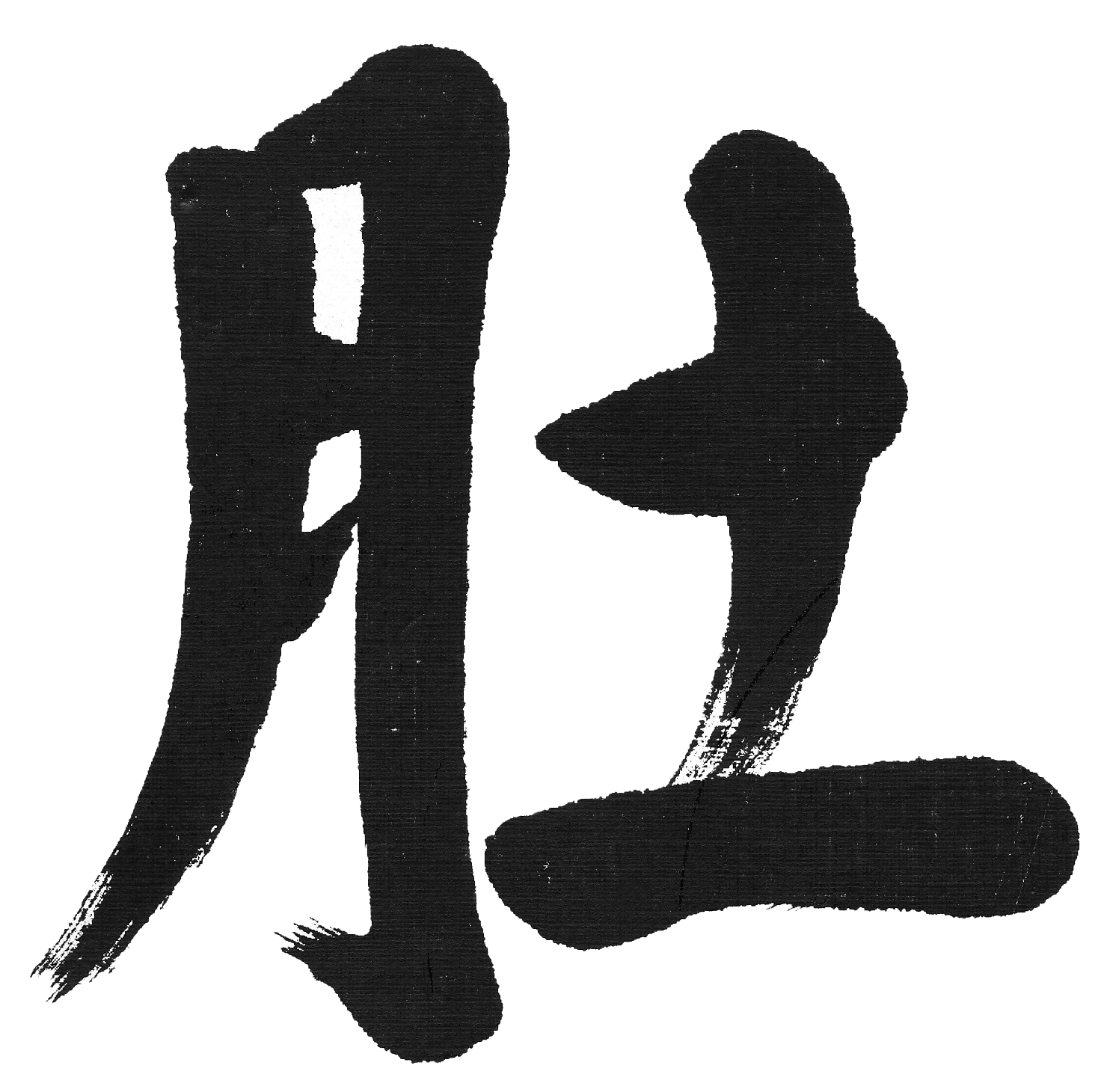In Search of Hara - Part 2
Part II: Hara from a Physical Perspective
In my previous post, I explained that hara involves the intersection of physical, psychological, and spiritual elements. Perhaps a better way to express this is that hara is unification of those three elements. As such, hara is an organic whole, in which these three dimensions are interrelated. However, it is still helpful, for the sake of explanation, to consider these three elements separately. In this post, I will examine hara from a purely physical perspective.
Hara is the Japanese pronunciation of the Chinese character fu (腹) meaning abdomen. However, in our tradition of Zen, we use the term more restrictively to refer to the lower abdomen. A related term is tanden (丹田), the Chinese pronunciation of which is dantien . There are actually three dantien in Daoist thought, all of which are considered to be critical energy centers. The lowest of the three, the Xia Dantien (下丹田—Fig 1), which is situated roughly 2 inches below the navel, corresponds to the Japanese concept of tanden. (It is misleading to think of the tanden as one dimensional spot on the skin. The actual location is within the abdominal cavity). While tanden and hara are sometimes used interchangeably, the former is best thought of as a single point, whereas the latter refers to the entire lower soft abdomen, from the base of the sternum to the peritoneum. The tanden, then, is located within the hara. The tanden plays a significant role in traditional Chinese medicine, which was adopted by the Japanese centuries ago. There is a longstanding tradition of diagnosis based on the palpation of the lower abdomen as well as treatment consisting of massage of that area in traditional Japanese medicine (see Hara Diagnosis: Reflections on the Sea, by K. Matsumoto and S. Birch and Connecting to the Centre: Healing Begins in the Hara by E. Stropp).
In addition to its static location, the hara can be viewed in dynamic terms through its activity in breathing. In our lineage of Zen, we strive to develop what we refer to interchangeably as “hara” or “tanden” breathing. To understand this, it is helpful to consider three different types of breathing. The first is called thoracic, chest or costal breathing. This is characterized by the engagement of the muscles of the chest and upper body and the relatively lack of engagement of muscles of the lower abdomen. The second type of breathing is called abdominal or diaphragmatic breathing. It relies more on the muscles of the lower abdomen than on those of the upper body. In this type of breathing, the lower abdomen works like a bellows; it expands on inhalation and contracts on exhalation. In my understanding, diaphragmatic breathing is common in a variety of meditative disciplines. It is also used in medical and psychological treatments as well as in relaxation training and stress management. In hara breathing, which challenged me so much in the beginning of my training, the abdomen expands on inhalation, much like in diaphragmatic breathing. However, it remains expanded during exhalation. In other words, the lower abdomen remains expanded throughout the breathing cycle. Again, in my experience, this type of breathing is uncommon in the realm of meditative disciplines, outside of some schools of Japanese Rinzai Zen and the Japanese martial arts.
The differences between the three types of breathing can be seen graphically by means of a standard blood pressure cuff modified so it will fit around the lower abdomen. We call this device the HaraMeter®; it measures expansion of the lower abdomen (see Figure 2).
Figures 2a and 2b illustrate the expansion and contraction of the lower abdomen in thoracic breathing. As can be seen, there is no expansion in the lower abdomen during either inhalation or exhalation.
In diaphragmatic breathing, as seen in Figures 3a and 3b, the dial goes up on inhalation and then back down on exhalation, as the abdomen expands and contracts.
Finally, in hara breathing (Figures 4a and 4b), the dial remains elevated on both inhalation and exhalation.
Unfortunately, there has been no simple way to teach someone how do hara breathing. One reason for this is that most of people don’t have adequate proprioception in their lower abdomens to maintain expansion throughout the breathing cycle. The traditional ways to develop hara have been zazen (Zen meditation) and training in the martial arts. There are also exercises which we feel can both accelerate the development of hara and deepen and strengthen it for those who are already acquired a modicum of hara. We will present some of these exercises in future posts.




